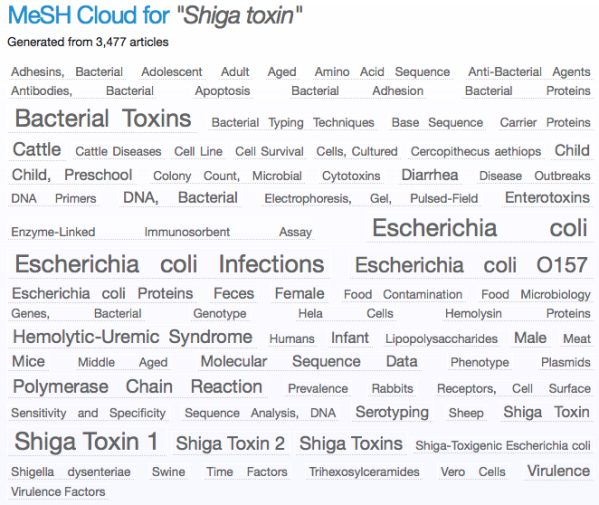This month’s Briefings in Bioinformatics issue is devoted to “Bioinformatics approaches and tools for metagenomics analysis“. Yay! I love special issues, especially when they bring together lots of tools to tackle a set of similar problems.
My only gripe is that only 5/11 (45%) articles in the issue are open access 😦
Luckily the best article is among the open access ones – a fantastic review of metagenomic studies, from experimental design and sampling right through to data analysis and submission to public archives, written by Hanno Teeling and Frank Glöckner from the Max Planck Institute for Marine Microbiology. Full text is online here or as a PDF.
Most of the other articles cover new tools for churning through your metagenomic sequence data and figuring out what is in there in terms of function and/or taxonomy. There are many approaches to this and several tools already out there including the very beautiful MG-RAST and Real Time Metagenomics. I have also been tinkering with these to explore the “pan-genomes” of various bacterial species where we have hundreds of genomes available… not quite what they were intended for but it seems to work quite nicely, and gives you some great insights into the spectrum of accessory genes that are flowing through various bacterial populations.



